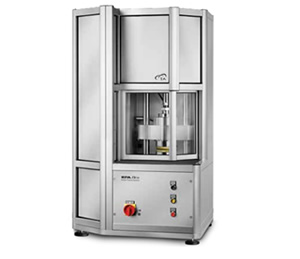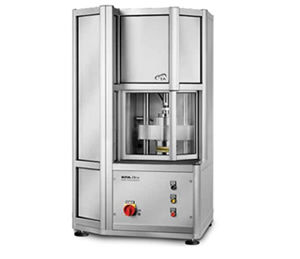RS-DSC Product Demonstration
Product Demonstration RS-DSC Product Demonstration: A Dilution-Free Method for Screening Thermal Stability of High Concentration Biotherapeutics Discover the Future of Thermal Stability Testing with the RS-DSC When it comes to antibody drug products, ensuring short-term thermal stability is crucial for maintaining quality and securing regulatory approval. The TA Instruments™ RS-DSC (Rapid Screening-Differential Scanning Calorimeter) revolutionizes…
Details











